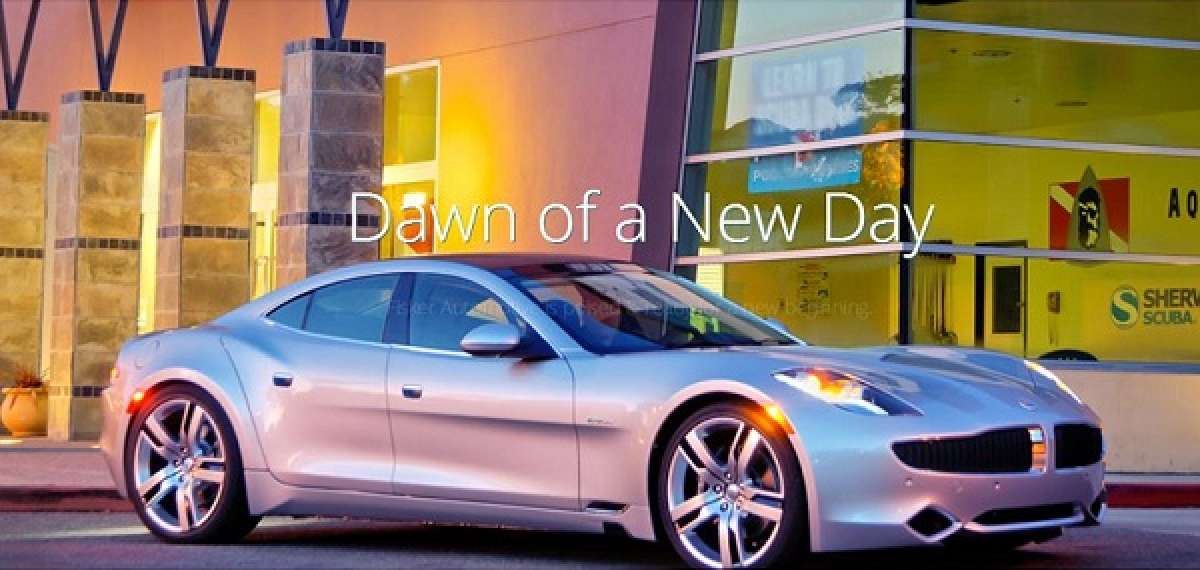When Fisker Automotive was purchased by China’s Wanxiang Group at auction in February for $149.2 million, few could have predicted the fervor with which the new owners would attempt to resurrect the electric automaker. Now Wanxiang chairman and founder Lu Guanqiu has made it clear just how far he is willing to go to bring the automaker to glorious heights.
Lu, worth an estimated $3.1 billion, is quite prepared to put his money where his mouth is, as Bloomberg found out. “I’ll put every cent that Wanxiang earns into making electric vehicles. I’ll burn as much cash as it takes to succeed, or until Wanxiang goes bust,” said Lu.
That is the kind of talk we like to see from influential Chinese billionaires. Though the only electric vehicles Wanxiang currently makes are electric buses, the company also purchased former Fisker battery supplier A123 Systems and has high hopes for Fisker 2.0. In late April interim Fisker president Roger Brown unofficially outlined the automaker’s plans to restart production of the sleek and pricey Karma in 2015, followed by a wagon variant known as the Surf in 2016 and the smaller, cheaper Atlantic in 2017.
When the plug-in hybrid Karma returns the badge may not read ‘Fisker’ but it will almost certainly be produced in the United States. Lu told Bloomberg the company hopes to “concentrate for now on manufacturing in the US,” though Wanxiang’s ultimate goal is dominance in the Chinese market.
Similar to Tesla Motors, Wanxiang sees huge potential in smog-choked China for electric vehicles. The company hopes to eventually manufacture vehicles in China, where it would be able to take full advantage of the largest auto market in the world.
In both the United States and China, Fisker’s luxurious electric vehicles will compete with Tesla. It is a tall order, but the Palo Alto automaker builds strictly battery electrics while Fisker will make plug-in hybrids that appeal to a somewhat different demographic.
The previous iteration of Fisker was ultimately done in by a host of problems and a dose of bad luck, from software glitches to supplier ineptitude to hurricanes. With the deep pockets and enthusiasm of Mr. Lu Guanqiu, however, count on the second go-round yielding far more success.
Though we expect delays of various kinds will prevent the company from meeting the tentative production targets, the sheer willpower and financial reserves of Fisker’s new ownership will bring positive results. Money alone cannot breed success of electric vehicles, and even a successful electric vehicle does not necessarily bring profitability. Nevertheless, expect Fisker and A123 Systems to learn from their mistakes and put their owner’s cash to good use.






Comments
Informative read. Thanks.
Permalink
Informative read. Thanks.